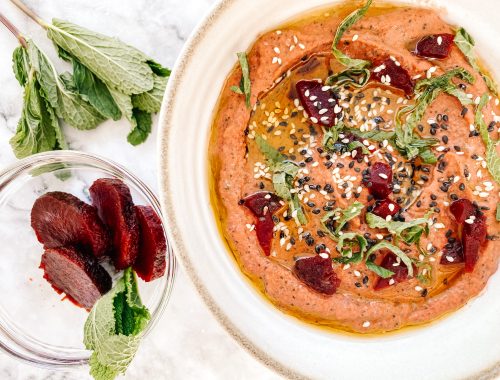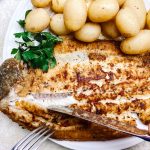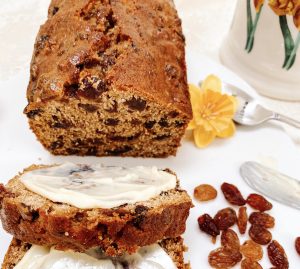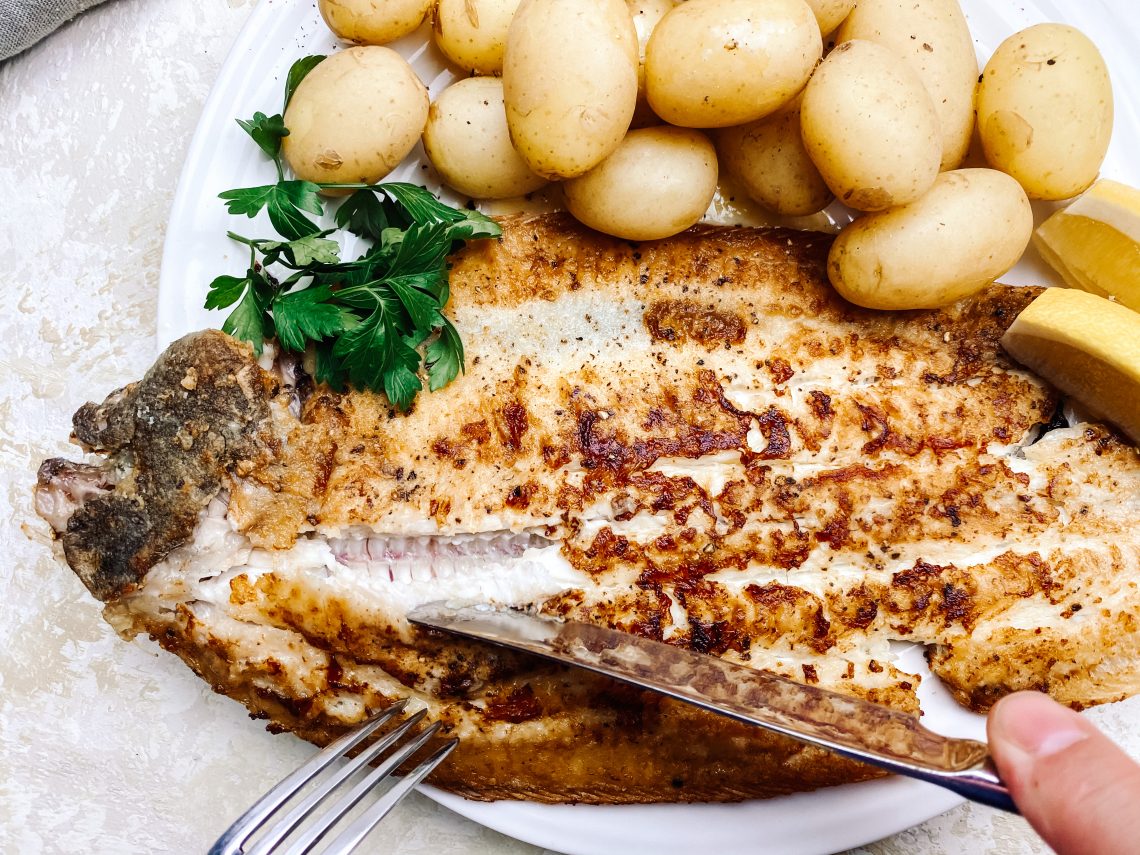
Pan Fried Fish
The freshest of fish, seasoned, floured, fried in a little oil and served with lemon wedges and new potatoes is Andrew’s absolute favourite way to eat fish. Simple, with no fancy pants sauces, he likes the fish to shine. Pretty much any fish can be cooked like this. Last night we ate Dover Sole, an outstanding fish, (although somewhat too large for my pan!) but I have also cooked cod, haddock, halibut, plaice, dover and lemon sole all in the same way.
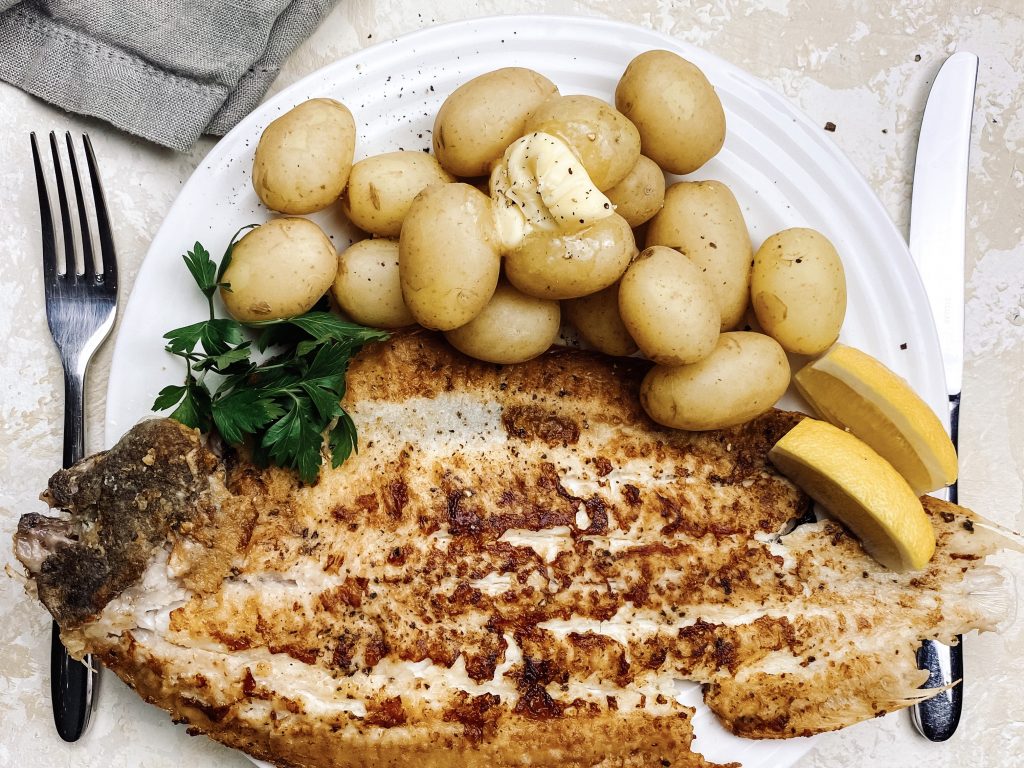
I’m sure my husband likes it so much this way because it reminds him of his grandmother, or Naini as we say in Wales. She made lunch for Andrew and his brother Christopher throughout their childhoods, in fact until they left home and went to university aged 18. She was an excellent cook and favoured simple, classically cooked dishes. Also, and more importantly, she was a kind, loving and non-judgemental gorgeous lady who adored and was adored by her whole family. I have served fish cooked in many different ways with incredible sauces and stuffings, but nothing can compete with Andrew’s memory of his Naini’s lunches.
So, more often than not, this is how I cook fish for Andrew and apparently I have nailed it! The wonderful thing about cooking fish this way is that it is so quick and simple. However, it is difficult to be very specific about cooking times because each piece and type of fish is a different size/thickness. I shall document as much as possible and then, with a minimum amount of trial and error, you should be able to make crispy fried fish in your own kitchen, beautifully each time.
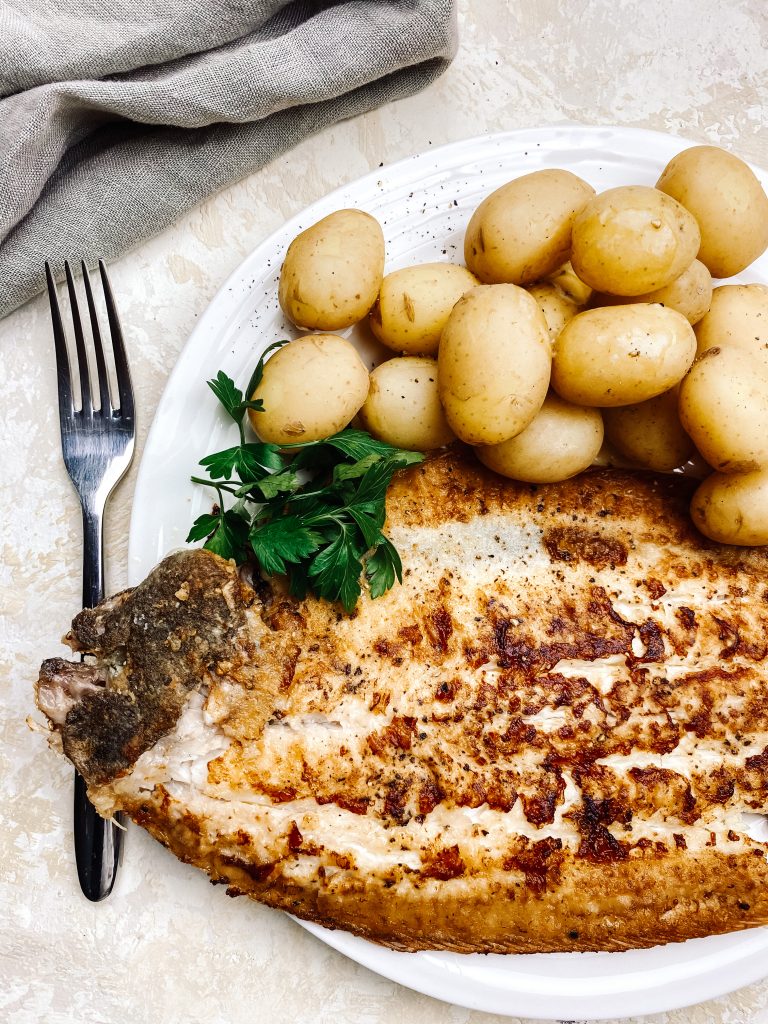
Dover Sole 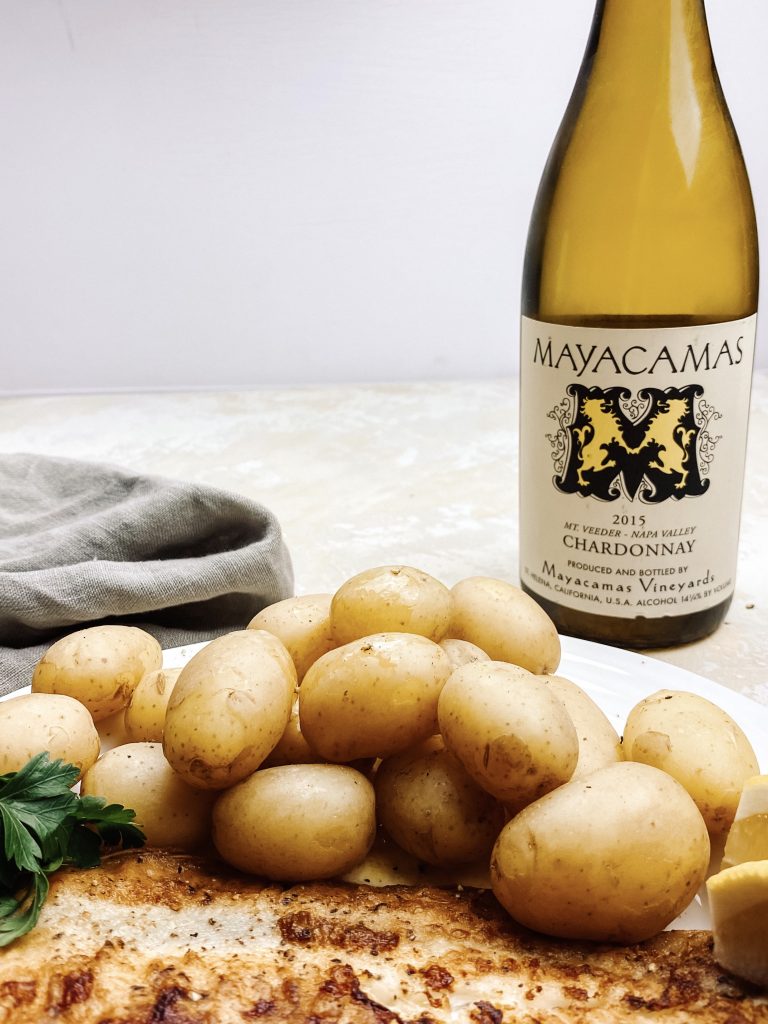
Mayacamas Chardonnay from California
Cooking time:
It is difficult to be very specific about cooking times because each piece and type of fish is a different size/thickness. Also the type of pan you use and the power of your own hob, will affect how quickly your fish cooks. Try to use a heavy based pan which conducts heat evenly and cook the fish over a moderately high heat.
As a rough guide, larger fish and thick fillets can take around 4 – 6 minutes on each side. Whereas thinner and smaller pieces of fish may only need 2 – 3 minutes per side.
To check the fish is cooked:
Before you cook fish it tends to look translucent and shiny. Cooked fish will look opaque and should flake easily. You can easily test this by pressing a fork, at a 45° angle, into the thickest part of the fish and twisting gently. If the fish flakes, it is cooked. If it resists flaking, cook for a little bit longer. Fish cooks very quickly, so to avoid overcooking, check your fish often to see if it is cooked.
If you use a thermometer, the internal temperature of the fish should read 145°F or 63°C when cooked.
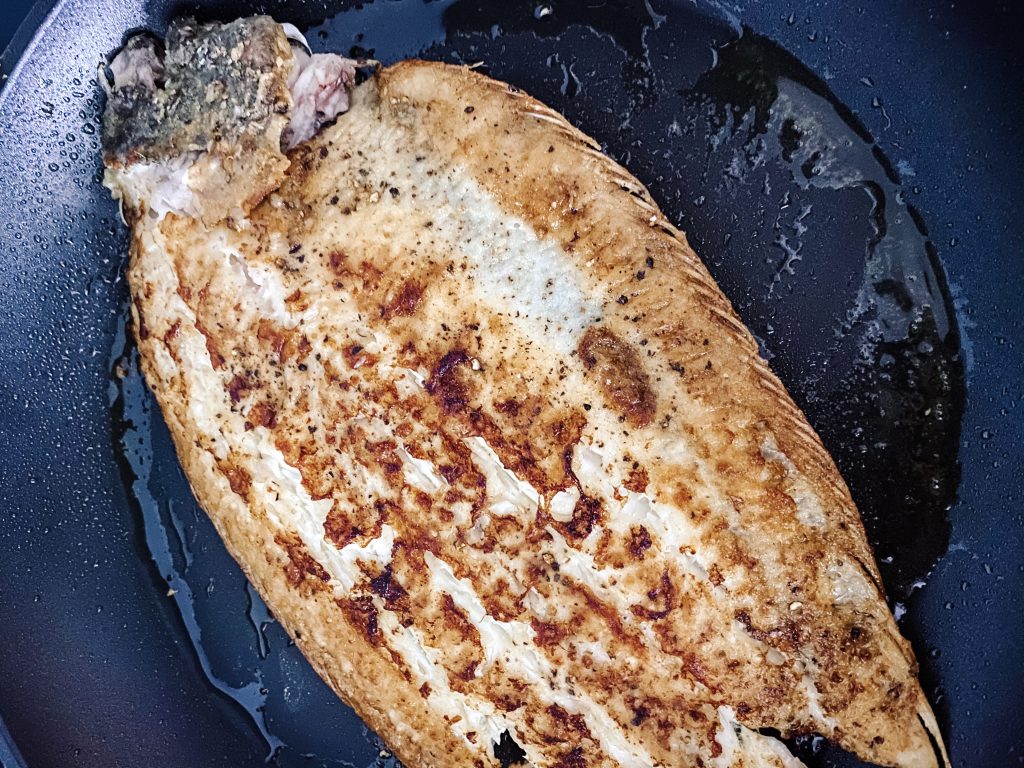
When cooking fish with the skin on, do you cook flesh or skin side first?
There is no hard and fast rule here but as a general guide, cook the presentation side first. If you are serving the fish flesh side up, cook this side first and equally if you are serving skin side up, cook this side first. Whether you are cooking the flesh or skin first, you must always add the fish to a hot pan.
How to make Pan Fried Fish
Collect all your ingredients together:
- your fish
- plain/all-purpose flour
- salt
- freshly ground black pepper
- oil for cooking e.g. vegetable, olive
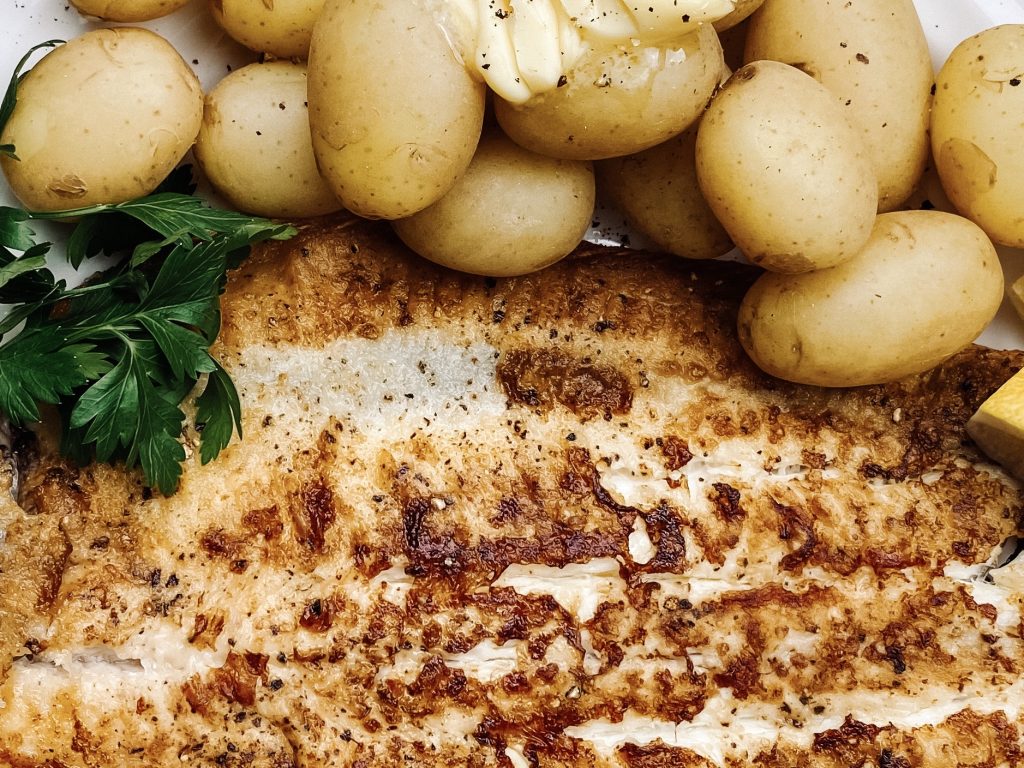
Prepare and cook your fish:
- Season the fish with salt and pepper on one side.
- Sprinkle half the flour over a flat surface (here I have used a baking tray) and lay the fish in the flour, seasoned side down.
- Now season the other side of the fish.
- Sprinkle the remaining flour over the top of the fish.
- Use your hand to spread the flour evenly over the fish and press into the flesh of the fish.
- Turn the fish over and ensure the underside is also evenly covered in flour.
- Shake off any excess flour. It is important to do this as it ensures there is an even coating of flour on the fish. It also ensures excess flour does not fall off the fish into the frying pan and then burn as you cook the fish.
- Heat the oil over a moderately hot heat and when hot, add the fish.
- If your fish is too large for pan like mine was, move your fish in the pan, to ensure the whole fish is cooking. If you press down on the fish with a spatula or turner it will help those areas which don’t fit in the pan, to cook more quickly when moved.
- When the underside is lightly browned, carefully turn the fish over using a spatula or turner. You may need to use 2 spatulas or turners for large fish. Continue to cook until the bottom layer is also lightly browned and the fish is cooked. Larger fish and thick fillets can take around 4 – 6 minutes on each side. Whereas thinner and smaller pieces of fish may only need 2 – 3 minutes per side.
- Serve with your choice of serving options such as potatoes – new, mashed, fondant, fried or oven roast as well as some green vegetables or salad and some lemon quarters.
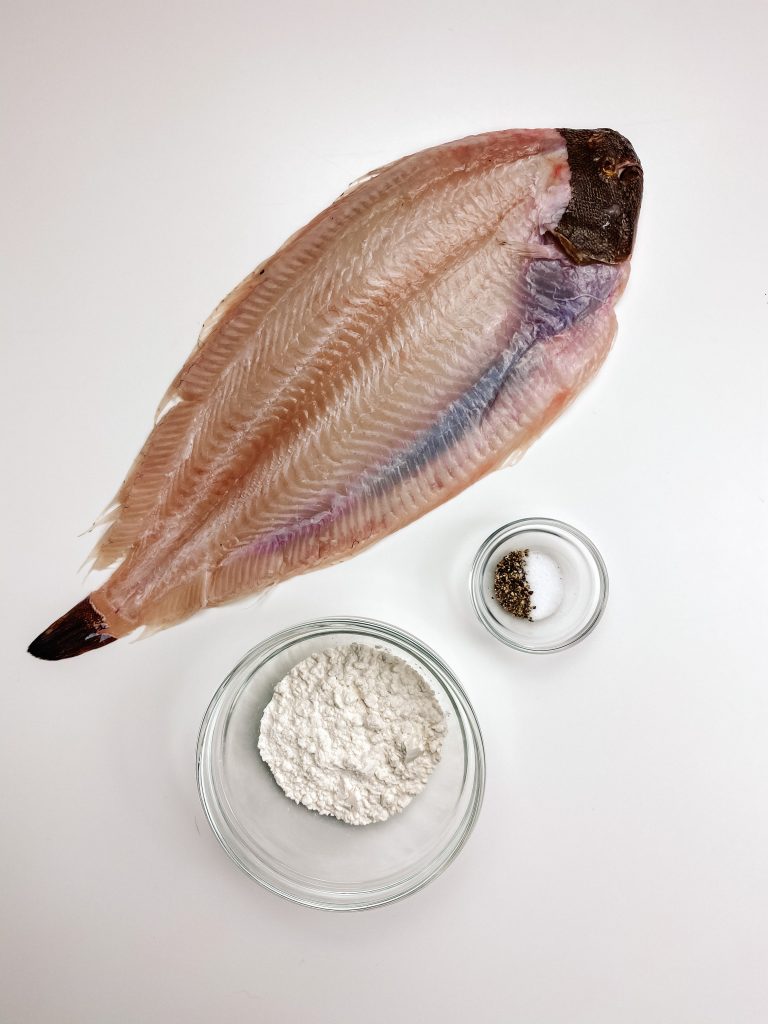
Ingredients 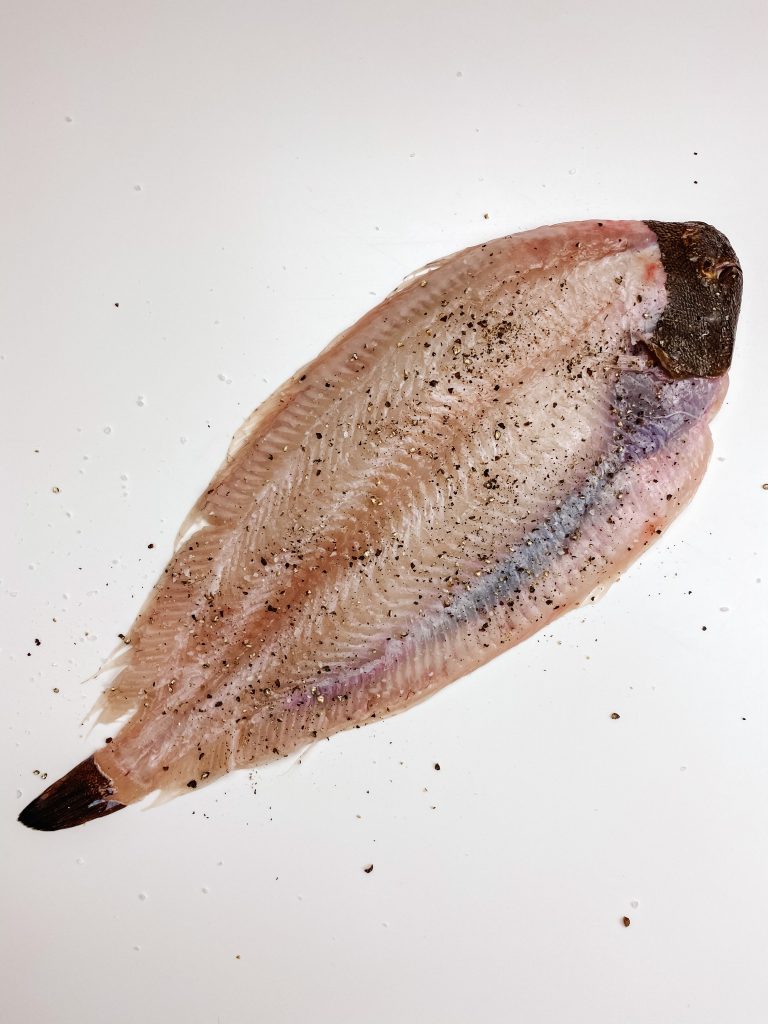
1 Season the fish with salt and pepper 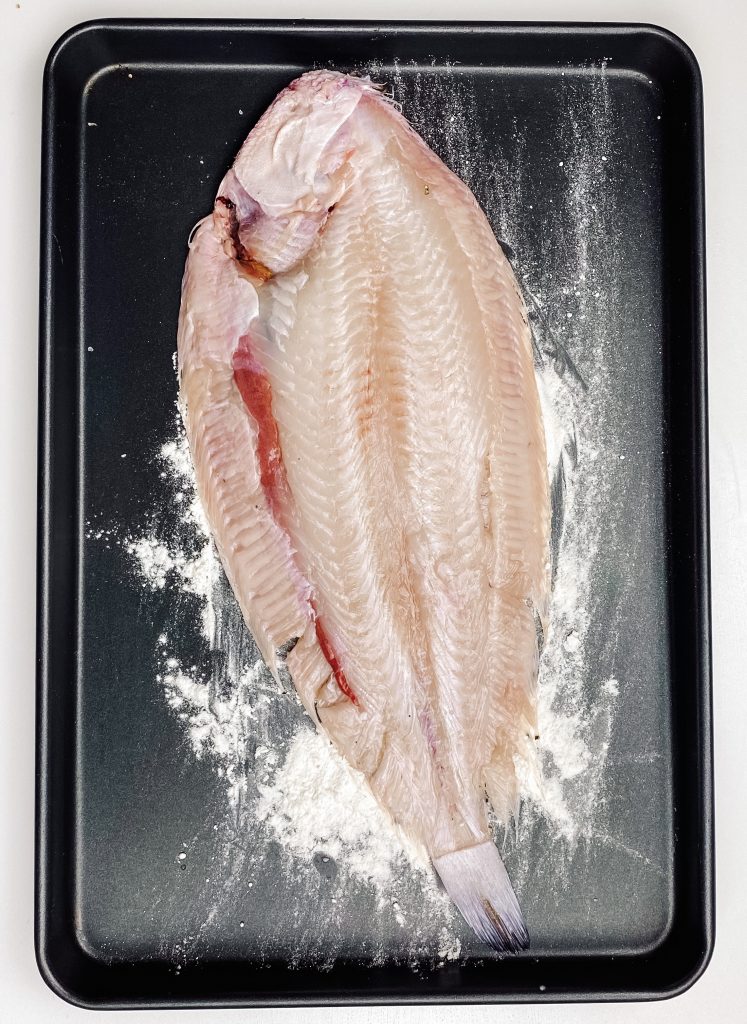
2 Place the fish, seasoned side down, in the flour 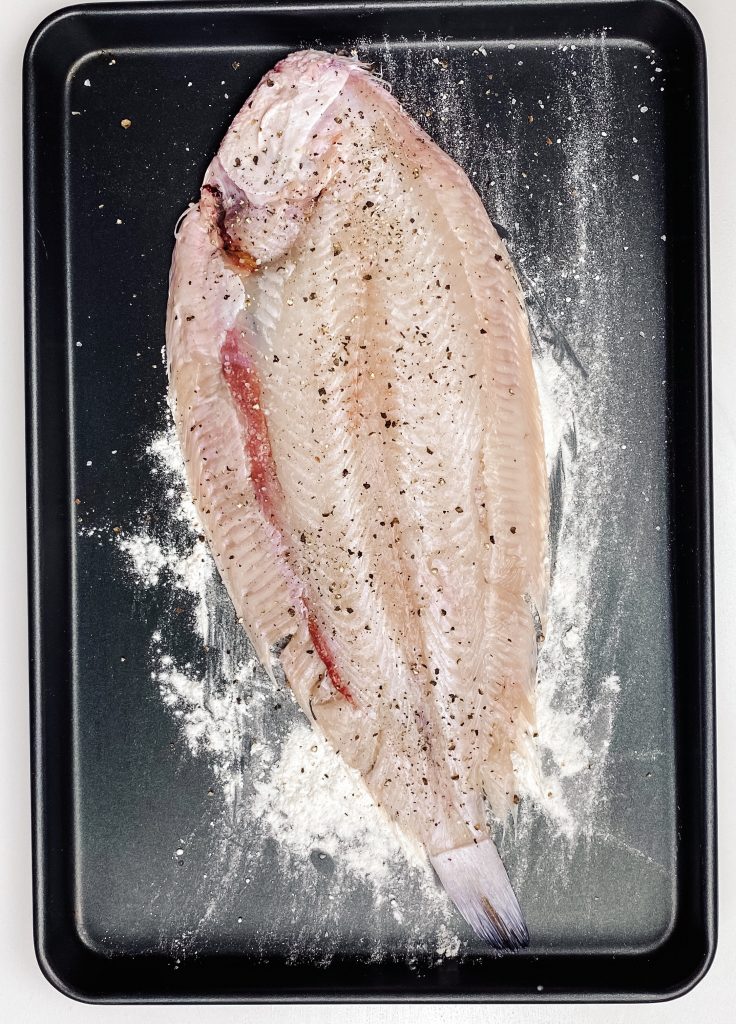
3 Season the other side of the fish 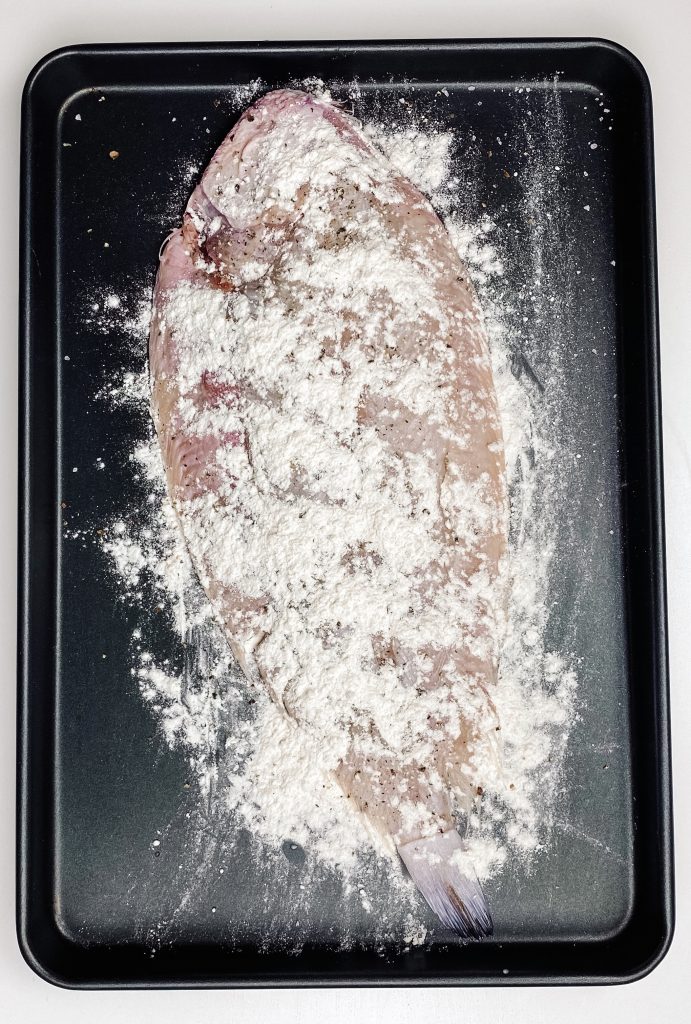
4 Sprinkle remaining flour over the fish. 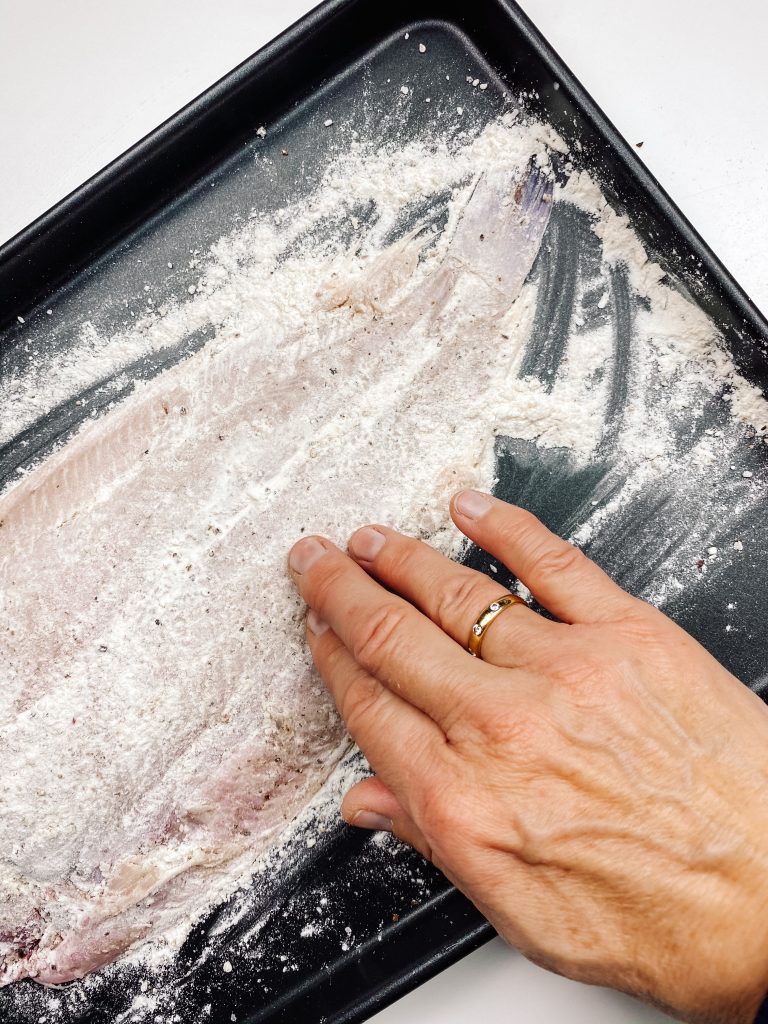
5 Spread flour evenly over the fish 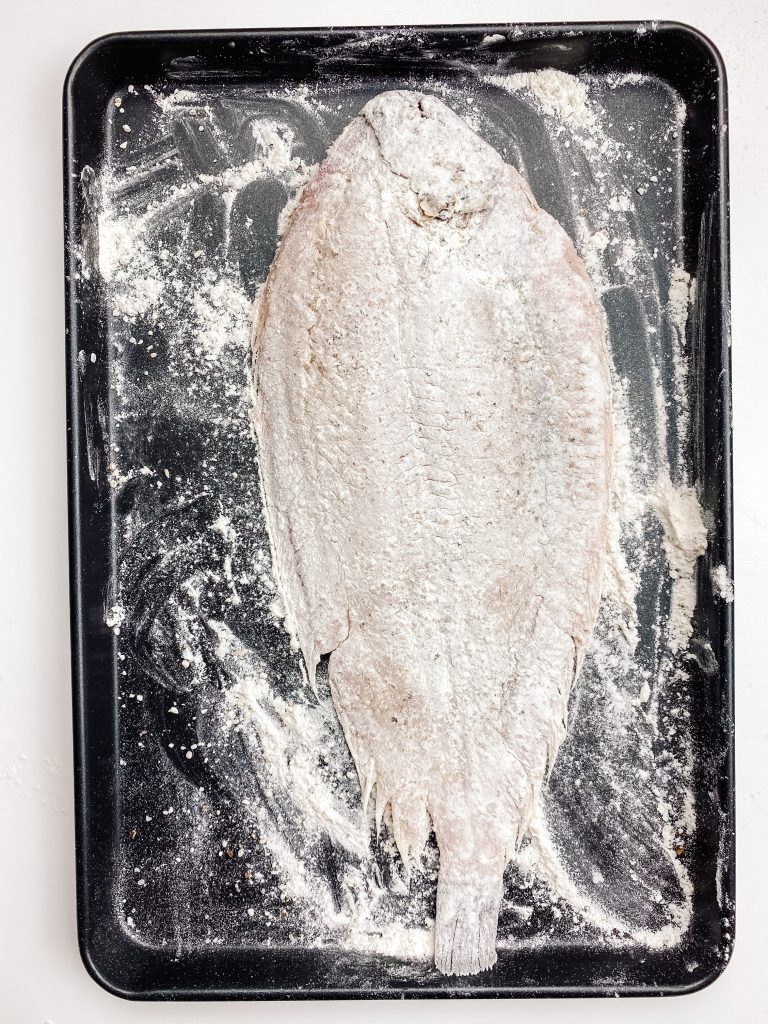
6 Turn the fish and ensure underside is evenly covered in flour. 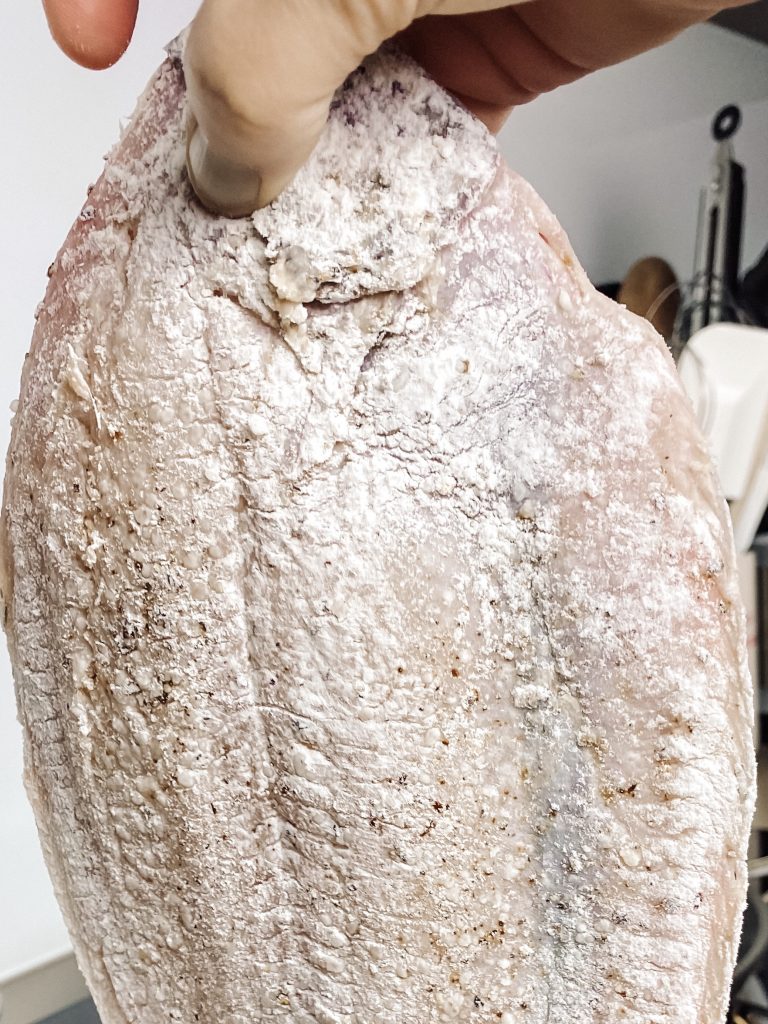
7 Shake off any excess flour. 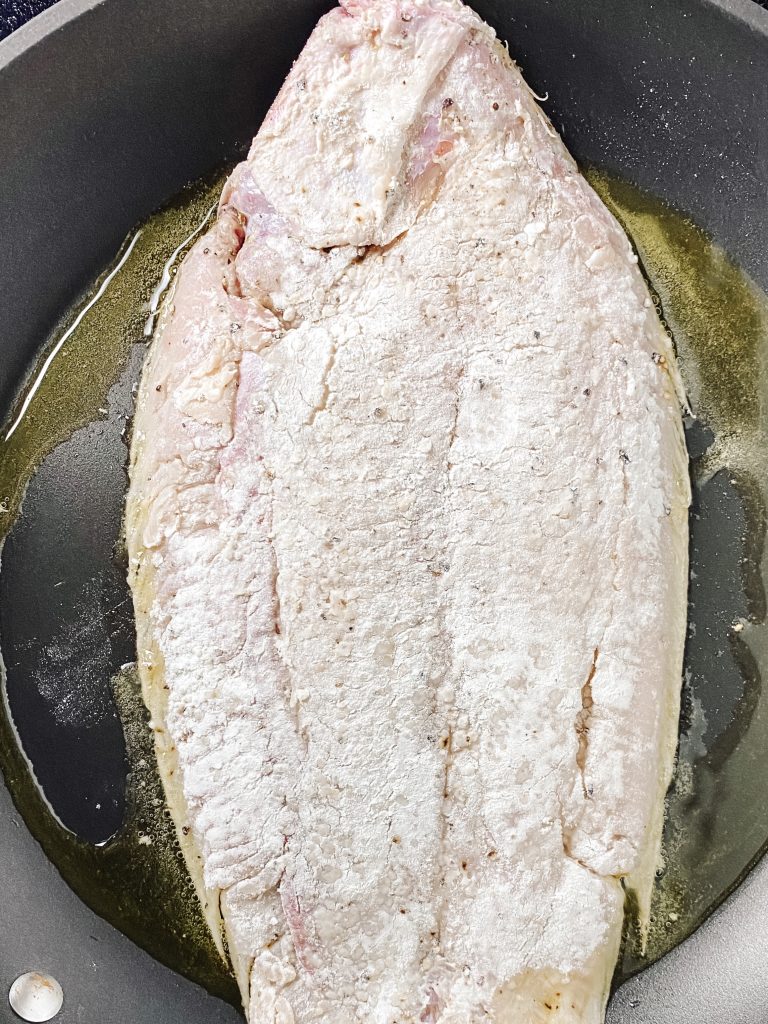
8 Heat oil, add fish and cook until lightly browned on the under-side. 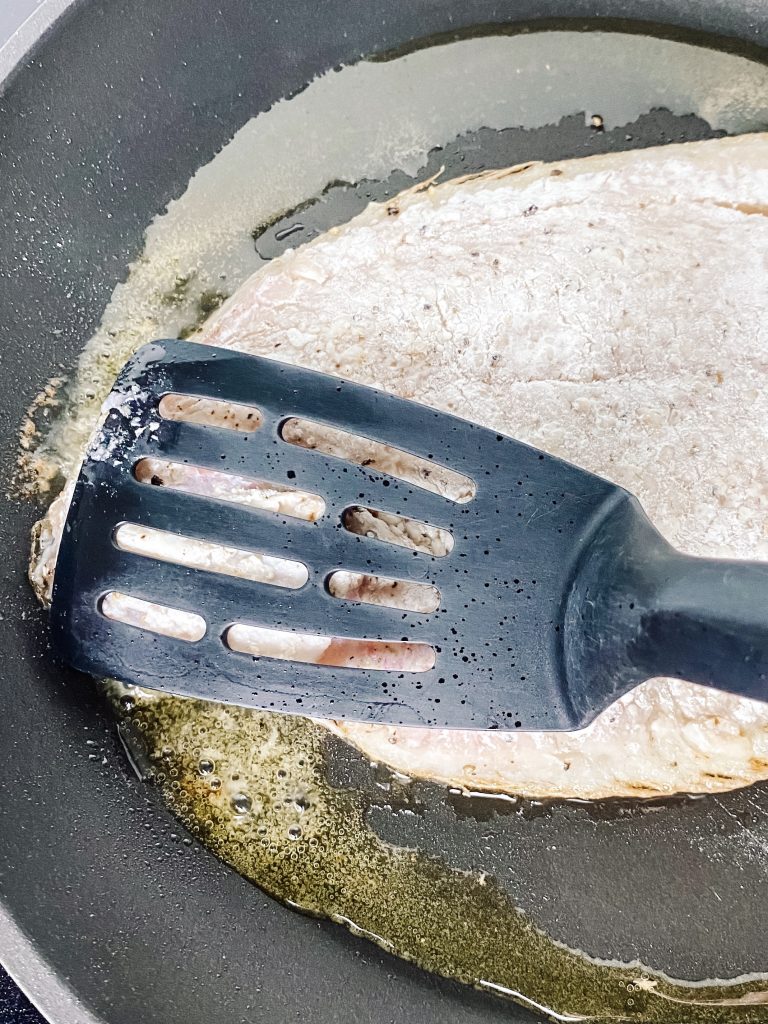
9 Move fish in the pan…. 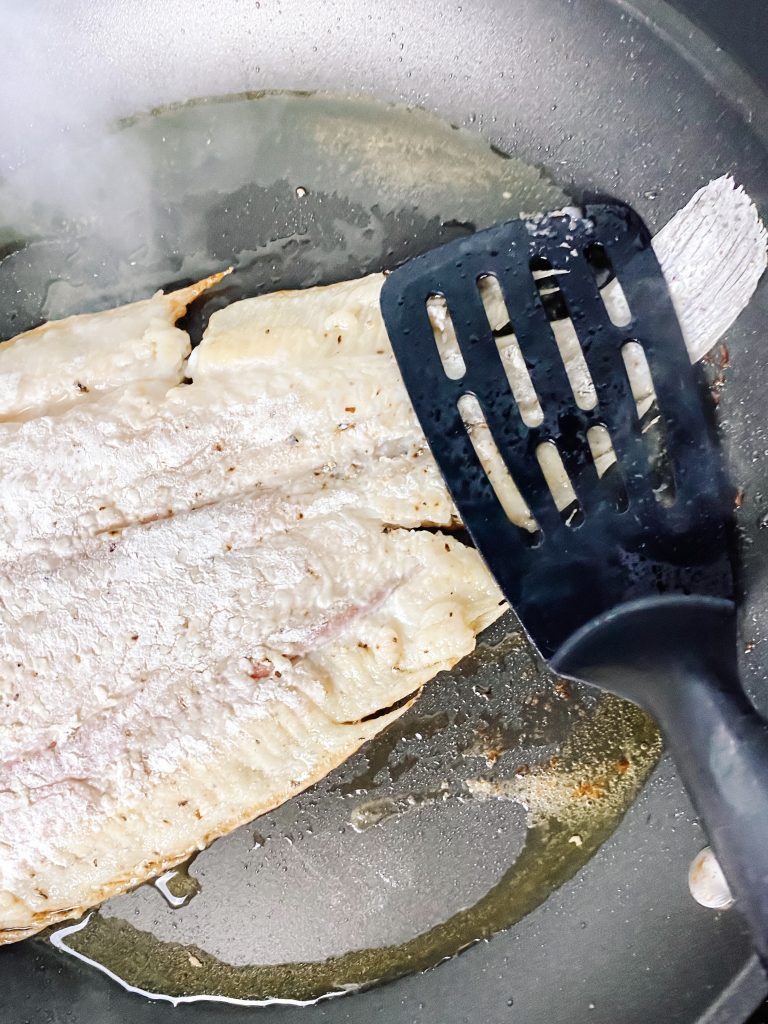
to ensure the whole fish is cooking 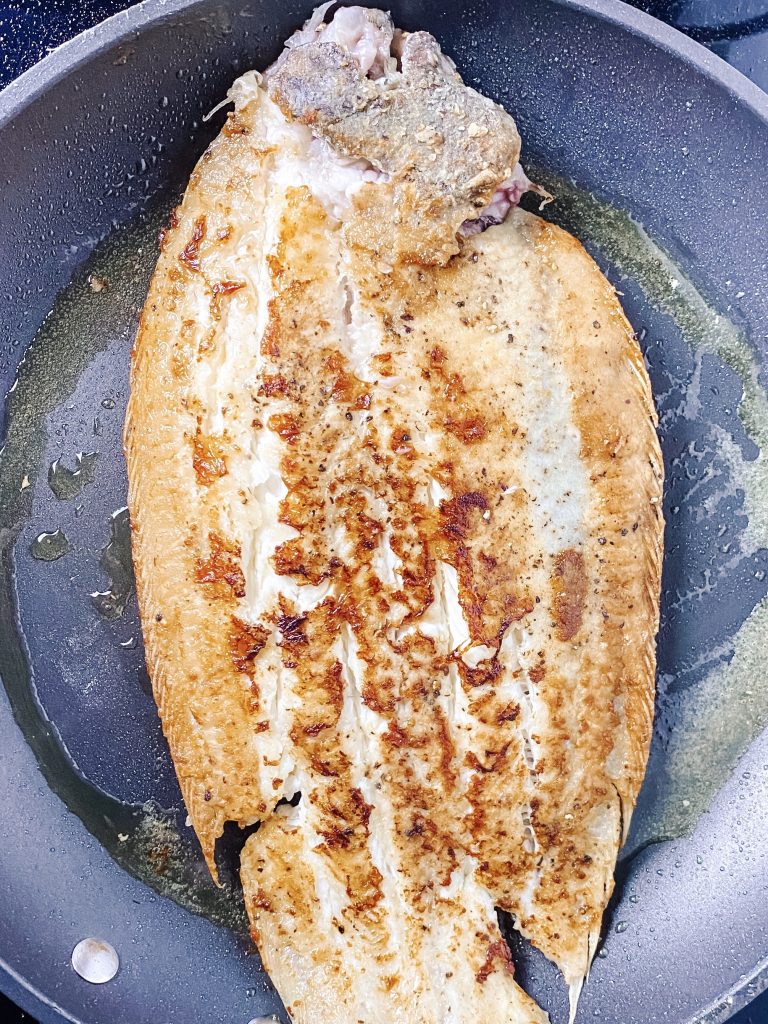
10 Turn the fish over…. 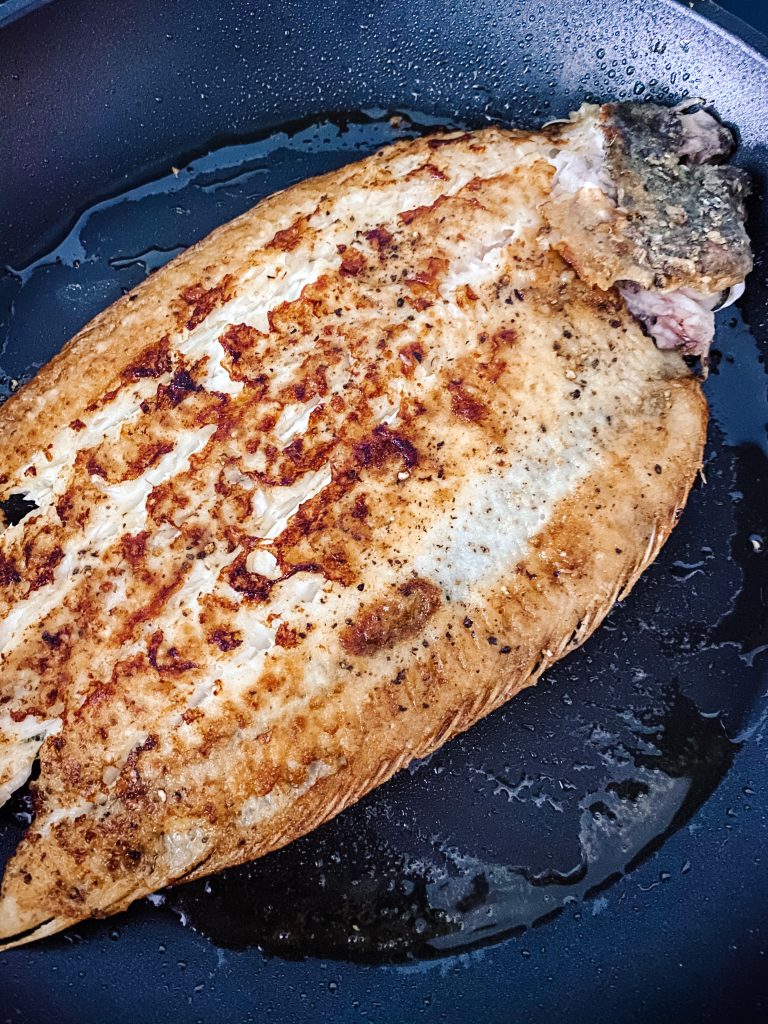
…. continue to cook until the bottom layer is also lightly browned and the fish is cooked. 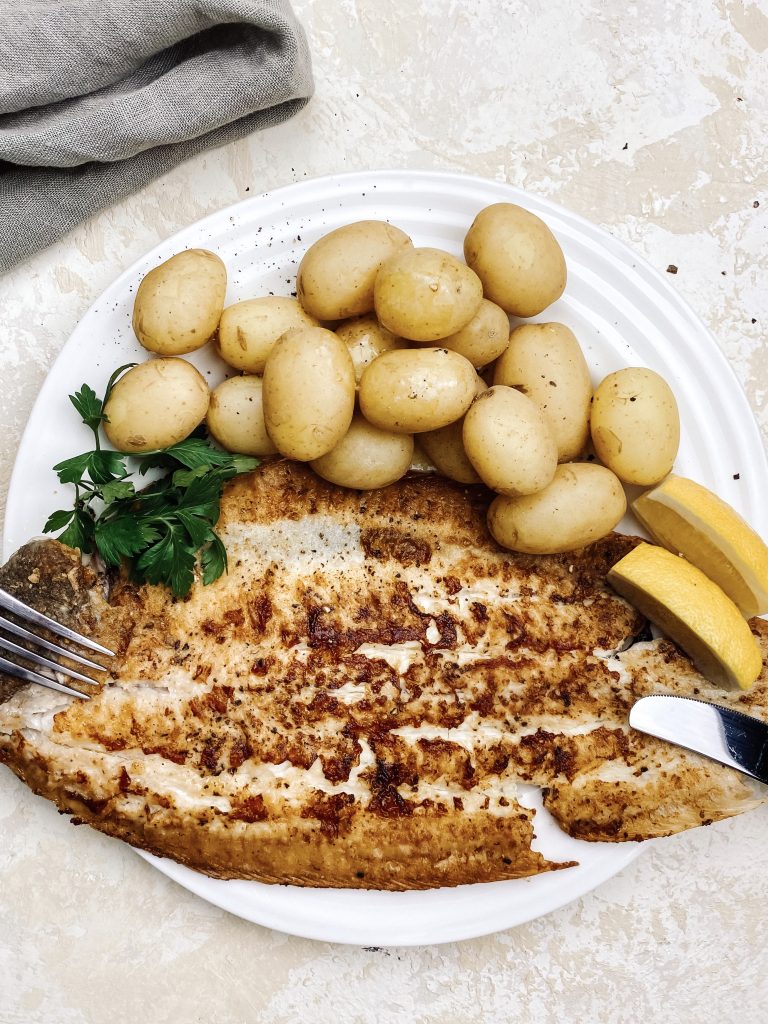
Made this recipe?
If you make this recipe, do please tag me on instagram @daffodil_kitchen. You could also leave a comment in the box directly below the recipe.
Pan Fried Fish
The freshest of fish, seasoned, floured, fried in a little olive oil and served with lemon wedges and new potatoes is Andrew's absolute favourite way to eat fish.
Ingredients
- fish – normally 1 fillet per person
- 1½ – 3 tablespoons plain/all-purpose flour per fillet
- freshly ground sea salt
- freshly ground black pepper
- 1 – 2 tablespoons oil per fish – you can use vegetable, olive, ghee, sunflower oil
Instructions
-
Collect together your equipment (see Recipe Notes below) and ingredients.
-
Season the fish with salt and pepper on one side.
-
Sprinkle half the flour over a flat surface (here I have used a baking tray) and lay the fish in the flour, seasoned side down.
-
Now season the other side of the fish.
-
Sprinkle the remaining flour over the top of the fish.
-
Use your hand to spread the flour evenly over the fish and press into the flesh of the fish.
-
Turn the fish over and ensure the underside is also evenly covered in flour.
-
Shake off any excess flour.
-
Heat the oil over a moderately hot heat and when hot, add the fish.
-
If your fish is too large for your pan, move your fish in the pan, to ensure the whole fish is cooking. If you press down on the fish with a spatula or turner it will help those areas which don’t fit in the pan, to cook more quickly when moved.
-
When the underside is lightly browned, carefully turn the fish over using a spatula or turner. You may need to use 2 spatulas or turners for large fish. Continue to cook until the bottom layer is also lightly browned and the fish is cooked. (See Recipe Notes)
-
Serve with your choice of serving options such as potatoes – new, mashed, fondant, fried or oven roast as well as some green vegetables or salad and some lemon quarters.
Recipe Notes
Equipment:
- flat surface or plate
- measuring spoons
- frying pan
Shake off any excess flour:
It is important to do this as it ensures there is an even coating of flour on the fish. It also ensures excess flour does not fall off the fish into the frying pan and then burn as you cook the fish.
Cooking time:
It is difficult to be very specific about cooking times because each piece and type of fish is a different size/thickness. Also the type of pan you use and the power of your own hob, will affect how quickly your fish cooks. Try to use a heavy based pan which conducts heat evenly and cook the fish over a moderately high heat.
As a rough guide, larger fish and thick fillets can take around 4 – 6 minutes on each side. Whereas thinner and smaller pieces of fish may only need 2 – 3 minutes per side.
When cooking fish with the skin on, do you cook flesh or skin side first?
There is no hard and fast rule here but as a general guide, cook the presentation side first. If you are serving the fish flesh side up, cook this side first and equally if you are serving skin side up, cook this side first. Whether you are cooking the flesh or skin first, you must always add the fish to a hot pan.
To check the fish is cooked:
Before you cook fish it tends to look translucent and shiny. Cooked fish will look opaque and should flake easily. You can easily test this by pressing a fork, at a 45° angle, into the thickest part of the fish and twisting gently. If the fish flakes, it is cooked. If it resists flaking, cook for a little bit longer. Fish cooks very quickly, so to avoid overcooking, check your fish often to see if it is cooked.
If you use a thermometer, the internal temperature of the fish should read 145°F or 63°C when cooked.
More from my site
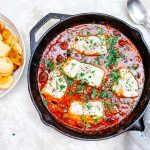 Mediterranean Cod Stew with Tomatoes, Peppers, Chilli and Crispy Chorizo
Mediterranean Cod Stew with Tomatoes, Peppers, Chilli and Crispy Chorizo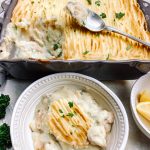 Fish Pie – Andrew’s Favourite!
Fish Pie – Andrew’s Favourite!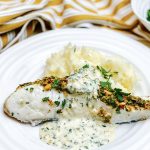 Halibut Fillets Coated with Crispy Pistachio and Served with a Creamy Lemon and Parsley Sauce
Halibut Fillets Coated with Crispy Pistachio and Served with a Creamy Lemon and Parsley Sauce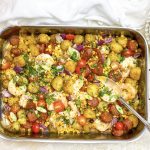 Sheet Pan Old Bay Prawns, Chorizo Sausage, New Potatoes and Sweetcorn Served with a Garlic and Lemon Yoghurt Dressing
Sheet Pan Old Bay Prawns, Chorizo Sausage, New Potatoes and Sweetcorn Served with a Garlic and Lemon Yoghurt Dressing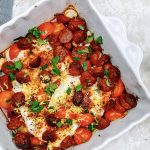 Smoked Paprika Baked Hake with Chorizo, Lemon, Tomatoes and Garlic
Smoked Paprika Baked Hake with Chorizo, Lemon, Tomatoes and Garlic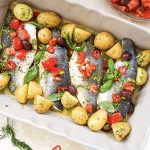 Sea Bass Salmoriglio with Tomato and Black Olive Salsa
Sea Bass Salmoriglio with Tomato and Black Olive Salsa

Irish Potato Farls

Chicken Katsu
You May Also Like
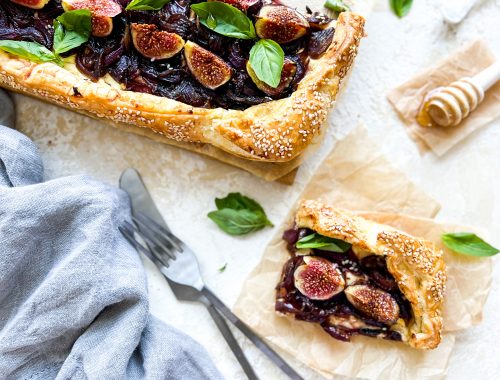
Caramelised Red Onion and Goat’s Cheese Galette with Fresh Figs and Basil
21st October 2022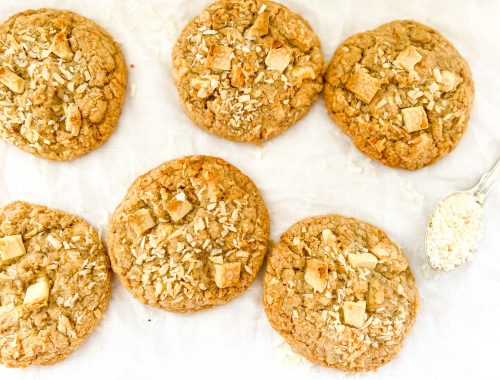
Toasted Coconut and Brown Butter Cookies with White Chocolate Chips
3rd June 2022